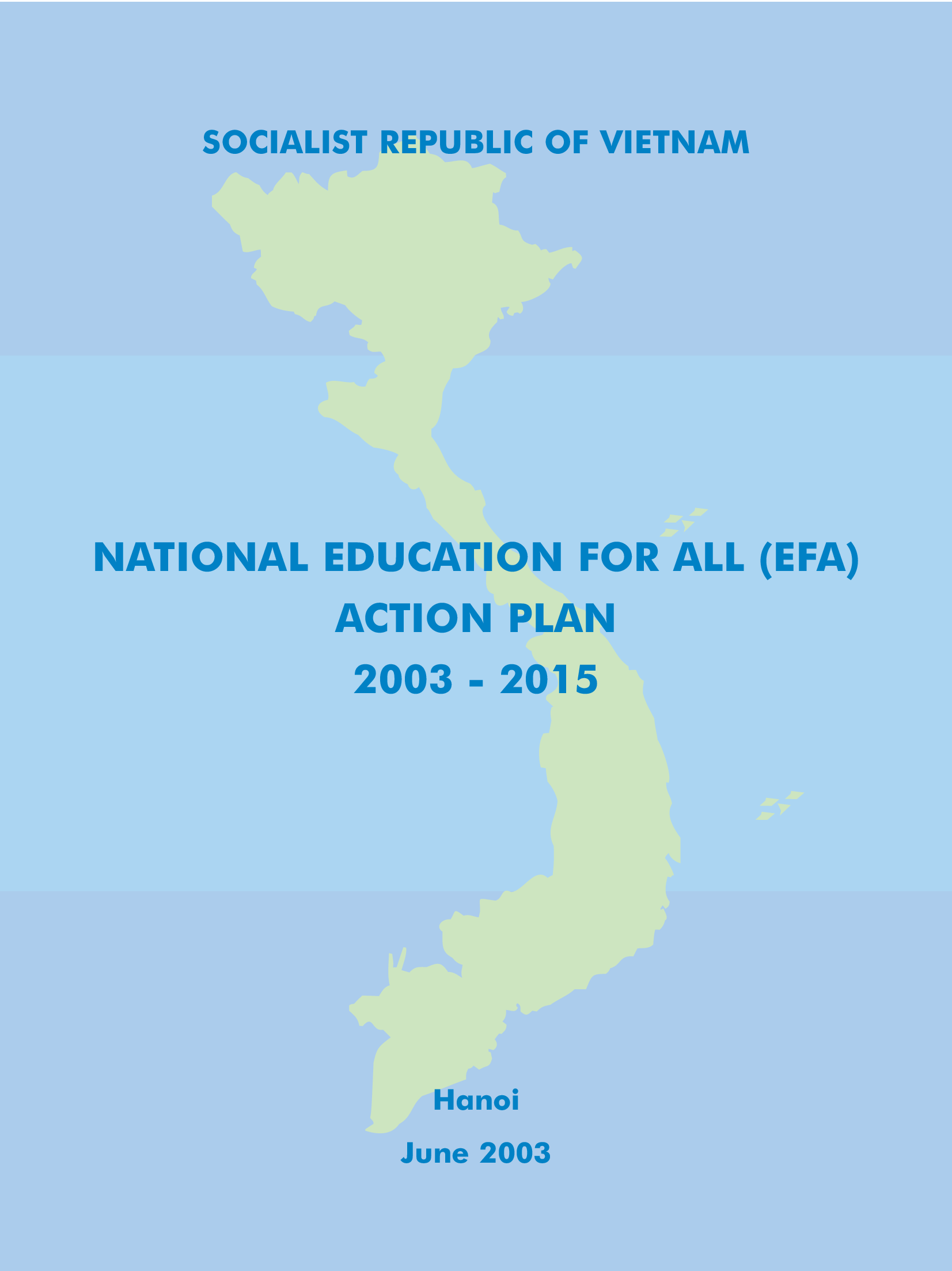Viet Nam recognizes education as a national priority. Since 2008, the government has been spending 20% of its budget on education. The government’s strong commitment to education and long standing cultural and social support for education have led to significant progress in the sector.
Viet Nam has high primary school completion rates, strong gender parity, low student/teacher ratios, and a low out of school rate. The country policy “Fundamental School Quality Level Standards” provided universal access to education and ensured that minimal conditions were met in every primary school.
Despite these achievements, the country still faces some challenges. Access and quality are still concerns for lower secondary education and quality is limited in remote areas. Accessing and completing education is a greater challenge for female students and ethnic minorities.
The overall objectives of the Education Development Strategic Plan (EDSP) are to renovate the education system, move closer to regional and international quality standards, and ensure social equity and lifelong learning opportunities.
The EDSP outlines further objectives for all levels of education:
- Achieve universal early childhood and care education to ensure that all children have the proper intellectual, emotional, and physical development necessary to enter primary school.
- Improve and maintain the quality of universal lower secondary education and pursue universal upper secondary education in economically disadvantaged localities.
- Strengthen ethnic minority boarding schools and provide inclusive education at all levels.
- Restructure the vocational education system, establish new colleges that respond to learning needs, and ensure that students are equipped with the professional skills to participate in the international labor market.
- Expand non-public higher education and provide more university preparatory institutions for ethnic minorities.
- Diversify various forms of continuing education and create life-long learning opportunities to continuously improve professional qualifications.
The EDSP also covers nine strategic solutions focused on renovating education management, expanding the education institution network, developing human resources, and strengthening investment and training.
As part of its national education plans, Viet Nam also has an Education For All Action Plan for 2003-2015, which was updated in 2012.


